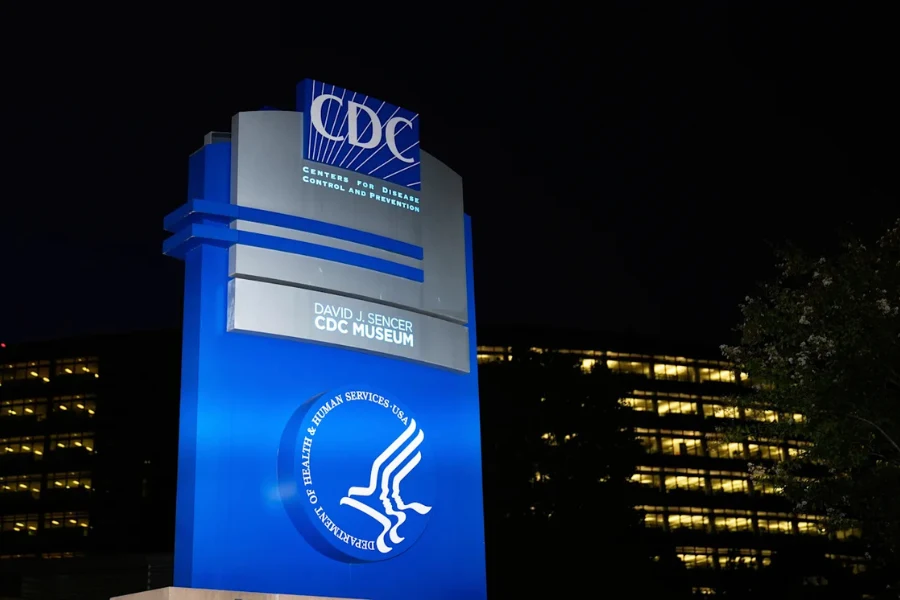
In the U.S., infections linked to drug-resistant “nightmare bacteria” are rapidly increasing, raising new concerns for public health. A new paper from scientists at the Centers for Disease Control and Prevention (CDC) in Annals of Internal Medicine reports that the number of severe infections increased by nearly 70% from 2019 to 2023.
What Are Nightmare Bacteria?
The dangerous bacteria are those possessing the NDM gene (New Delhi metallo-beta-lactamase), meaning resistance to many antibiotics. At present, only a couple of medications are effective against these infections, both of which are costly and require intravenous (IV) administration.
At first, these bacteria were mainly seen in patients treated abroad. But according to researchers from the CDC, U.S. cases have recently increased more than five-fold suggesting a growing health risk at home.
Why Experts Are Concerned
Dr. David Weiss, an infectious disease researcher at Emory University, called the rise of NDMs in the U.S. “a serious threat and a little concerning.” He and other experts warned that many people infected with the bacteria are undiagnosed which could lead to community spread.
Dr. Maroya Walters, a co-author of the report, noted that it could turn common infections that would previously be addressed without concern — such as urinary tract infections — into chronic, gut-wrenching, failed therapies that are sometimes much more difficult to treat.
The Wrong Use of Antibiotics
Another major component of the developing problem of increasing antimicrobial resistance is poor use of antibiotics. Patients who fail to complete their prescription, or who use antibiotics when they are not necessary, allows the bacteria time to evolve and develop resistance to treatment.
The CDC has long warned about the risks associated with carbapenem-resistant bacteria—bacteria that are resistant to carbapenems, a category of drug normally categorized as last-line, drugs for serious infection.
Rising Numbers Across the States
A report released by the CDC that reviewed 29 states with advanced testing reported that there were 4,341 infections with carbapenem resistant bacteria in 2023, as compared to only 42 carbapenem infections in 2019 (presumed due to a certain strain of bacteria), to 1,831 infections (specifically due to the NDM strain) that occurred in between.
Infection rates were about 2 in 100,000 in 2019 and increased in 2023 to more than 3 in 100,000 (about a ~69% increase). The NDM infection rate alarmingly increased in the next four years by 460% (going from 0.25 per 100,000 and increasing to 1.35 per 100,000).
Possible Relationship to COVID-19 Pandemic
Some experts suggest COVID-19 may have accelerated this process. Dr. Jason Burnham, a researcher at Washington University, noted that antibiotic use went up significantly during the COVID-19 pandemic, and this was likely a factor in developing increase resistance against antibiotics in bacteria.
Data Deficiencies and Insufficient Reporting
The CDC cautions that the statistics provided are likely to understate the true scope of the problem. Many hospitals do not have the testing capabilities necessary to detect genetic resistance, and not every state reports cases.
Most importantly, the states of California, Florida, New York, and Texas—four of the nation’s most populated states—did not provide the data. This suggests that the actual total of cases in the U.S. may be even higher than what’s reported.
Another Growing Public Health Threat
This is not the first indication of rising NDM infections. A report issued by the CDC in June indicated infection levels in New York City rose significantly from 2019-2024.
Drug resistant infections that are on the rise continue to rank among the top public health news in the U.S. When standard treatments fail, patients may stay longer in hospitals, have increased costs, and face greater mortality rates.
The increase in the amount of drug resistant “bad bacteria” indicates an urgent need for education on antibiotic stewardship, more thorough testing, and improvements in infection control of the healthcare delivery system. If we don’t seriously intervene, even common infections could once again be lethal.









n6eqsn
3exlku